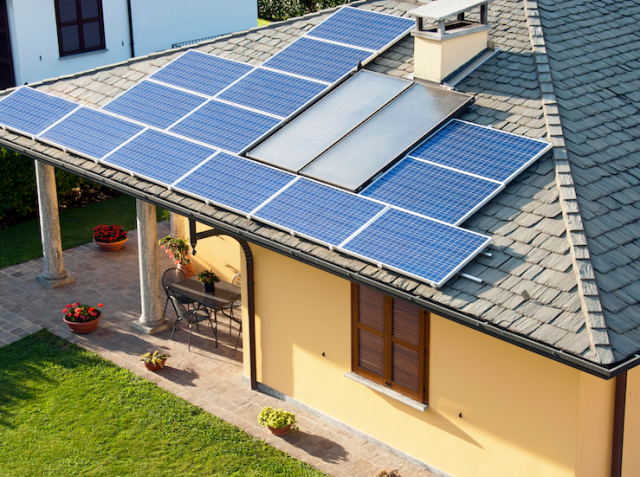NCC 2022: 7-star homes encoded

All new homes built Australia-wide will be subject to an updated code of energy efficiency, after an agreement was reached this week by the country’s Building Ministers.
The agreed changes to the National Construction Code (NCC) represent the first significant adjustment to energy standards in a decade. Under NCC 2022, new residential dwellings will need to achieve the equivalent of ‘7 stars’ NatHERS thermal performance.
New homes will also have a new annual energy use budget applicable to the home’s major appliances such as space conditioning, hot water, lighting, pool and spa pumps, and any on-site renewable energy generation.
ABCB Chair Glenys Beauchamp PSM said the reforms will deliver cost-effective energy efficiency upgrades that will improve the comfort and health of occupants throughout the year.
“With lower energy use, we’ll also see lower new household energy bills and lower emissions”, she added.
“NCC 2022 will provide many practical solutions to reduce household energy use, especially during peak demand periods.
“Coupled with the benefits of on-site renewables, these new homes will also support the transformation and reliability of the energy grid.”
The changes are also expected to make a strong positive contribution to decarbonising the economy, achieving more than 14.1 million tonnes in carbon abatement.
The decision has been welcomed by peak bodies in the industry.
Property Council of Australia Chief Executive Ken Morrison said it was pleasing to see all Ministers commit to the higher standards, which will in turn deliver energy bill savings and better living conditions for Australians, as well as reduced emissions.
“Lifting the energy rating from 6 to 7 stars has the potential to slash the average household energy bill by up to $576 a year, so for homeowners and renters alike, a 7-star home means big savings, as well as higher levels of comfort,” he said.
“The National Construction Code is in place as a national agreement for good reason. We are one country, and when there is inconsistency, there is greater cost for industry and consumers,” he said.
The Ministers also agreed to new liveability standards which would increase the number of homes with accessibility features for Australians with mobility limitations, including wider corridors and step-free access.
“The Property Council agrees housing accessibility is vitally important, especially for that significant minority of the population who have need of additional design features at any given stage of life”, Morrison said.
The Australian Institute of Architects commended the decision, suggesting it will see occupants save money on their bills, enjoy a comfortable home, and help reduce greenhouse gases.
The Institute’s National President Shannon Battisson said the energy-efficiency changes would support national efforts to achieve net zero emissions by 2050, given residential buildings were responsible for about 24 per cent of overall electricity use and 12 per cent of total carbon emissions.
“These practical improvements to Australia’s building code will support national efforts to reduce carbon emissions and builds a stronger legacy for residents, communities and the environment,” she concluded.